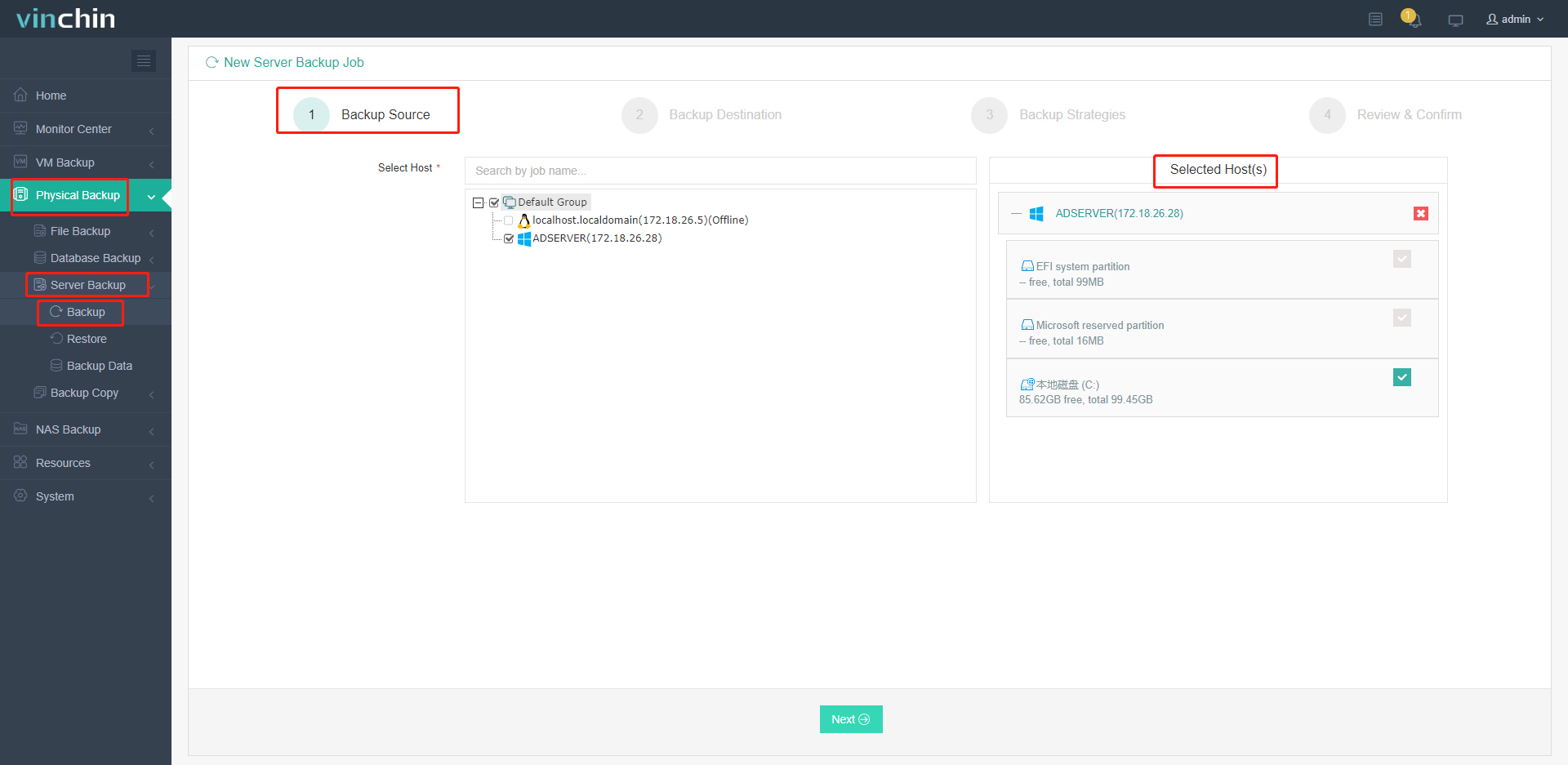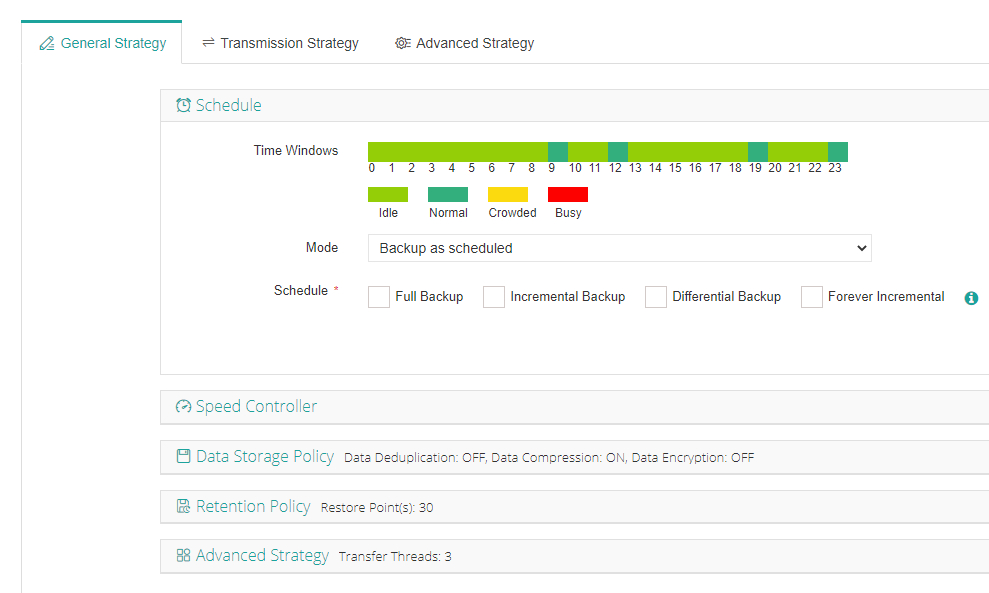-
How to set Windows backup retention policy?
-
How to manage backups manually using the Wbadmin command line tool?
-
Comprehensive data protection by Vinchin Backup & Recovery
-
Windows server backup retention FAQs
-
Conclusion
In the digital era, data backup has become one of the most important measures to maintain information security and business continuity, Windows provides powerful backup tools to help administrators easily create, manage and restore backup data.
However, backup is not enough, a reasonable Windows backup retention policy is also crucial. The Windows Server backup retention policy determines how long and how well the backup data is retained in the system. It has a direct impact on the ability to recover data, utilize storage resources efficiently, and meet compliance requirements. In this article, you will learn how to set up Windows backup retention policy and some practical suggestions.
How to set Windows backup retention policy?
1. Open the Windows Server Backup tool
Search for it in the Start menu or find it in the Control Panel.
2. Select a backup plan
Choose Backup Plan in the tool.
3. Locate the backup task for which you want to modify the retention policy
Right-click it > select Properties.
4. Adjust the retention policy
In the Properties window, find the Keep backups option. Select the retention time span or the number of backup copies as required.
5. Save changes
Click OK after completing the settings.
How to manage backups manually using the Wbadmin command line tool?
In case of problems with automatic backups, administrators may consider using the Wbadmin command line tool to manage backups manually, e.g. to delete old backups for freeing up space.
1. Delete system state backups: For example, to delete all system backups except the specified "1", you can enter the following command in a command prompt window:
wbadmin delete systemstatebackup -keepVersions:1
2. Delete non-system state backups: For example, to delete an old backup of Windows Server 2015 that was taken on July 8 at 14:25 pm, execute the following command:
wbadmin delete backup -version:07/08/2015-14:25
With these commands, you can easily manage backups to ensure the reliability of system backups and the efficient use of storage space.
Comprehensive data protection by Vinchin Backup & Recovery
Vinchin Backup & Recovery, the highly respected enterprise-class backup and disaster recovery solution, not only supports Windows/Linux and other types of servers (including Windows 2022/2019/2016/2012/2012 R2/2008/2008 R2/2003/2003 R2) backup, but also covers comprehensive protection of VMs, file servers, NAS, databases, and many other scenarios. It is designed for complex and changing IT environments, ensuring that your data is safe and secure.
When it comes to physical server backup, Vinchin demonstrates its unique technological advantages. It skillfully integrates VSS (Volume Shadow Copy Service) technology into Windows Server Backup to easily create application-aware snapshots of NTFS volumes. For Linux server users, Vinchin also provides a customized snapshot mechanism to ensure the consistency and integrity of backup data.
In addition, Vinchin provides users with an intuitive and easy-to-use web console. Through this console, you can easily perform bare metal backup and restore operations on Windows servers. Backing up a Windows server takes only a few simple steps.
1. Select the Windows server

2. Select the backup destination

3. Select backup strategies

4. Submit the job
The bare metal backup will include the operating system and the other data and then you can use it to perform a bare metal recovery process.
Vinchin provides a complimentary 60-day trial allowing users to fully explore its functionalities in a real-world setting. For further details, kindly reach out to Vinchin directly or get in touch with our local partners.
Windows server backup retention FAQs
Q1: What are the typical retention options in Windows server backup?
A1: Retention options in Windows Server Backup typically include specifying the number of backup versions to retain or defining a retention period based on days, weeks, or months.
Q2: Can you customize backup retention settings for different data types?
A2: Yes, Windows Server Backup allows administrators to customize retention settings for different backup types or data sets. This flexibility enables organizations to align retention policies with their specific data protection needs.
Conclusion
In the modern digital landscape, data backup is crucial for information security and business continuity. Windows offers robust backup tools, but a well-defined Windows server backup retention is equally vital. Explore Vinchin Backup & Recovery for comprehensive data protection and effortless backup management.
Share on:







